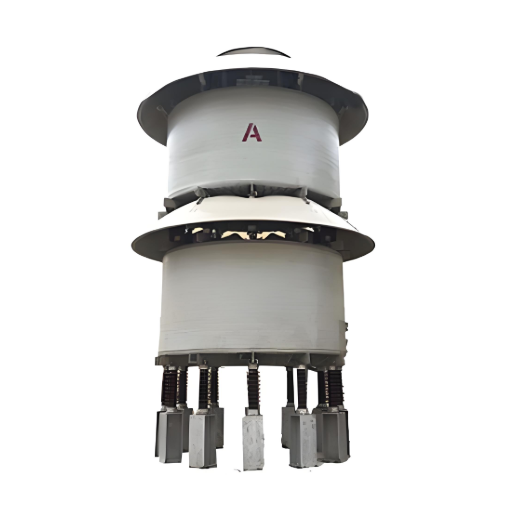- Product
- Suppliers
- Manufacturers
- Solutions
- Free tools
- Knowledges
- Experts
- Communities
Search
-
Ókeypis tól
-
IEE Business biedt gratis, door AI aangedreven tools voor elektrisch ingenieursontwerp en budgettering van stroominkoop: voer uw parameters in, klik op berekenen en ontvang directe resultaten voor transformatoren, bedrading, motoren, kosten van stroomapparatuur en meer - vertrouwd door ingenieurs wereldwijd.
-
-
Stuðningur og endurskoðun
-
IEE-Business styður frumlegar lausnir fyrirtæki og ekspertar búar til aðstöðu þar sem nýsköpun og gildi krossastFræði um teknískar reynirMæla við og deila tækniþekkingu til að fá inntæk frá stuðningsaðilumFrægrar viðskiptalausnirBæði skráðu þig og búa til viðskiptalausnir til að fá inntækjum frá stuðningsaðilumÚtmettar einstaklingarBúðu til staðfestingar fyrir samstarfsaðila ná samband við framtíðina
-
-
Sækja forritið
Sækja
-
-
Sækja IEE Business forritNotaðu forritið IEE-Business til að finna úrust, fá lausnir, tengjast sérfræðingum og taka þátt í samstarfi á sviði næringar hvar sem er og hvenær sem er—fullt stuðningur við þróun orkustofnana og viðskipta þinna
-
-
-
-
Samstarf Með Okkur
Samstarfsaðili
-
-
Bættu þig við IEE Business samstarfsaðilaþátttakendaStyrkt við fyrirtækjastærðun Frá tæknitólum til alþjóðlegrar fyrirtækjastærðunar
-
-
-
Íslenska
-
- English
- Afrikaans
- العربية
- Azərbaycan dili
- български
- বাংলা
- Català
- Cebuano
- čeština
- Dansk
- Deutsch
- Ελληνικά
- Esperanto
- Español
- Eesti keel
- Euskara
- دری
- فارسی
- suomi
- Filipino
- français
- Gaeilge
- Galego
- Hausa
- עברית
- हिन्दी
- Hrvatski
- magyar nyelv
- հայերեն
- Bahasa Indonesia
- Íslenska
- Italiano
- 日本語
- ქართული
- Қазақ тілі
- ಕನ್ನಡ
- 한국어
- Kurdî
- Latina
- Latviešu valoda
- македонски јазик
- Bahasa Melayu
- Malti
- नेपाली
- Nederlands
- Norsk
- ਪੰਜਾਬੀ
- polski
- پښتو
- Português
- Русский язык
- සිංහල语
- Slovenščina
- српски језик
- Svenska
- Kiswahili
- தமிழ்
- తెలుగు
- ไทย
- Tagalog
- Türkçe
- українська мова
- اردو
- Oʻzbek tili
- Tiếng Việt
-
-
Íslenska
-
- English
- Afrikaans
- العربية
- Azərbaycan dili
- български
- বাংলা
- Català
- Cebuano
- čeština
- Dansk
- Deutsch
- Ελληνικά
- Esperanto
- Español
- Eesti keel
- Euskara
- دری
- فارسی
- suomi
- Filipino
- français
- Gaeilge
- Galego
- Hausa
- עברית
- हिन्दी
- Hrvatski
- magyar nyelv
- հայերեն
- Bahasa Indonesia
- Íslenska
- Italiano
- 日本語
- ქართული
- Қазақ тілі
- ಕನ್ನಡ
- 한국어
- Kurdî
- Latina
- Latviešu valoda
- македонски јазик
- Bahasa Melayu
- Malti
- नेपाली
- Nederlands
- Norsk
- ਪੰਜਾਬੀ
- polski
- پښتو
- Português
- Русский язык
- සිංහල语
- Slovenščina
- српски језик
- Svenska
- Kiswahili
- தமிழ்
- తెలుగు
- ไทย
- Tagalog
- Türkçe
- українська мова
- اردو
- Oʻzbek tili
- Tiếng Việt
-






















